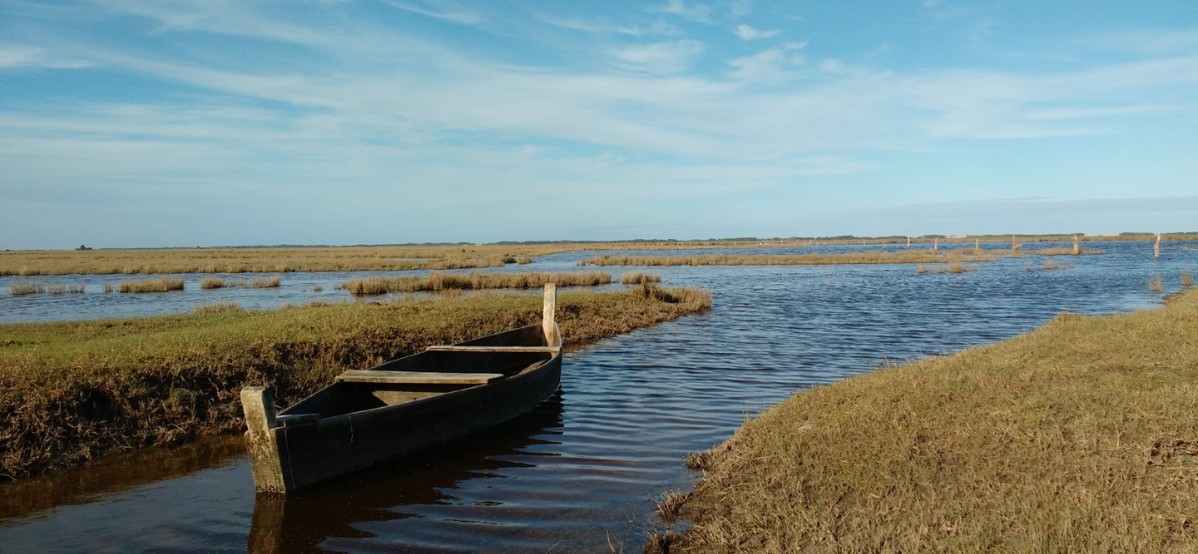At the southern end of the Coastal Plain of Rio Grande do Sul is located the Port of Rio Grande, in the city of the same name. There, strategically, is our second industrial plant, the Rio Grande Unit. Both the peculiar landscapes and the built facilities are associated with its astute characteristic of lowlands, where the connection of Laguna dos Patos to the Atlantic Ocean takes place.
The natural environments of this plain present varied aquatic and terrestrial ecosystems, forming mosaics with dunes, swamps, beaches, lagoons, fields and forests, sustaining a beautiful and numerous biodiversity.
In this region of the state there are two Federal Conservation Units: Taim Ecological Station and Lagoa do Peixe National Park. Both sites are home to species such as the broad-snouted caiman (Caiman latirostris), the black-necked swan (Cygnus melancoryphus) and the tuco-tuco of the Dunes (Ctenomys flamarioni).
One of the curiosities of this region is the constant presence of migratory birds, which seek food and rest in these parts. Examples are the Chilean flamingo (Phoenicopterus chilensis) and the curled sandpiper (Calidris subruficollis). The latter, after breeding in the Canadian Arctic and Alaska, flies almost 15,000 km to reach our region, where it remains between October and April. There is also the red-breasted sandpiper (Calidris canutus rufa), which remains along the coast of RS between September and April. Annually, these two small species of sandpipers travel between 30,000 and 40,000 kilometers on these migratory journeys.
Data source: ICMBIO, UCS, IBGE, Atlas RS, Associação O Eco, Wikiaves.






